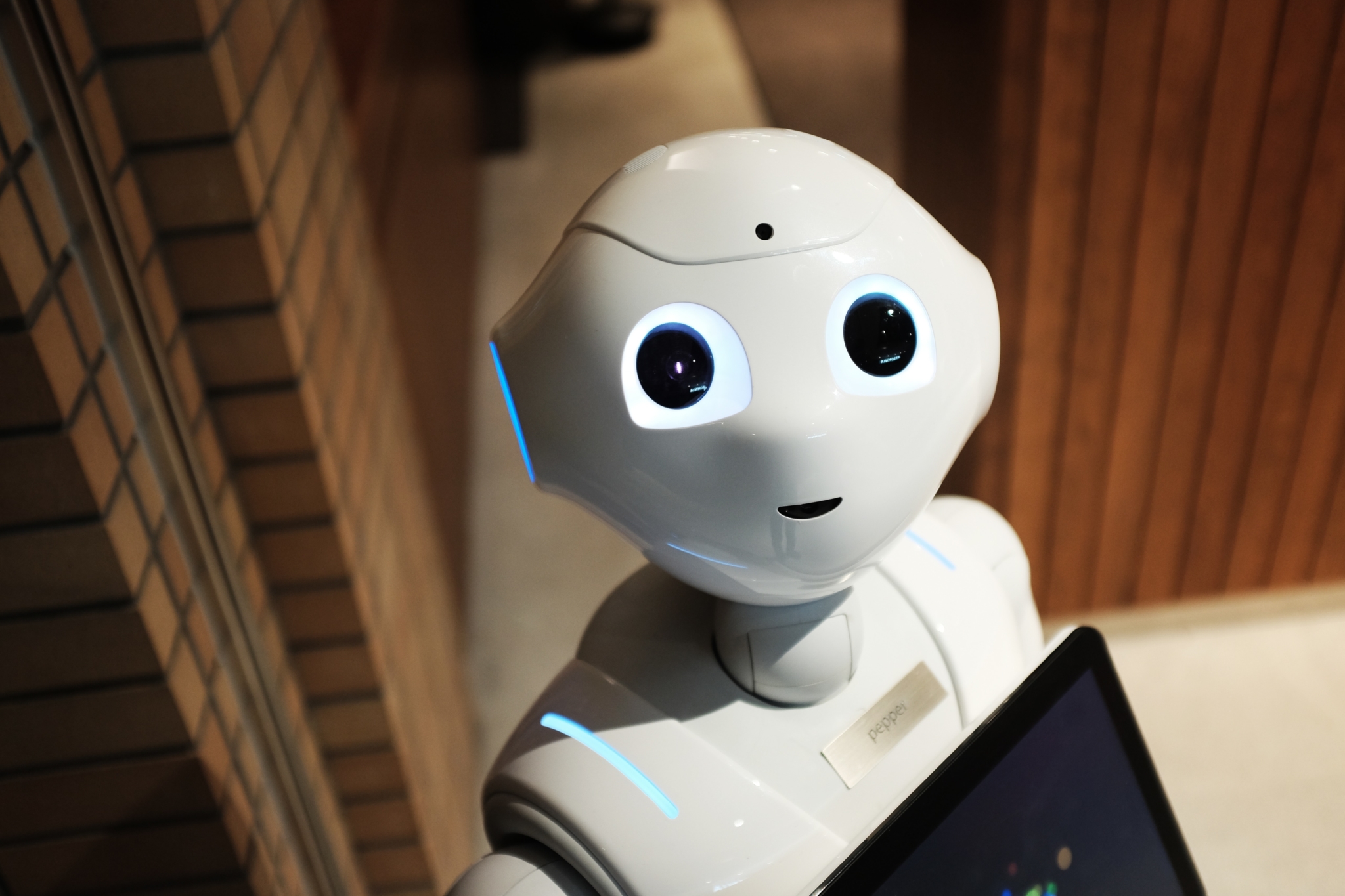AI in the workplace: 8 things you didn’t know
Artificial intelligence might sound like the sort of technology that belongs in the realms of science fiction, yet it’s wrong to see it as a purely futuristic concept. All around us, there are ways in which machine intelligence is being deployed to handle tasks that are necessary as part of our working lives.
Here are eight things you might not know about the ways in which AI is transforming the workplace:
1. Robots are writing the news
Or, at least, they’re trying. The Press Association has teamed up with Google to launch a computer-generated automated press service. The service was piloted in November 2017 and four stories were distributed across 35 regional titles, appearing online and in print. This sort of data-driven content could not only be transformative for journalists, but also other people required to create reports and documents from data sets and shows how AI in the workplace is already able to go much further than we may realise.
2. Robots are giving out financial advice
Paying for financial advice is beyond the budget for many people – but that doesn’t mean that they don’t need help. In fact, the market for money management tips has only grown since the government introduced greater freedoms over the way people handle their pension pots. Robo-advisers are being used by banks and lenders to bridge the gap. According to the Financial Times, a total of 6,000 people used LV=’s automated financial advice service between its launch in summer 2015 and the start of 2017. This sort of innovation can transform the way in which big companies can deliver customer services.
3. Robots are able to take notes in meetings
Keeping a record of everything that is said in a meeting can be very tough – especially if it’s a long meeting. Silicon Valley startup AISense has invented a product that can record long conversations and transcribe the text into text that can then be searched – allowing you to pinpoint the key bit in the meeting where a vital piece of information was discussed. Any technology that makes meetings more productive is a significant development.
4. Robots can deliver to your customers
Customers have increasingly high expectations when it comes to the delivery of goods, but transport and logistics can be costly and tricky to manage. Big brands in the retail sector are experimenting with ways in which this can all be handled with technology. Amazon, for example, has trialed the use of drones and Domino’s has built its own delivery robot. The Domino’s Robotic Unit (DRU) is able to navigate its way to a customer and, crucially for brands in this sector, can also regulate the temperature of its contents. Trials have been underway in a number of countries for a while now and it’ll be interesting to see how other brands look to use AI and robots to handle the entire process from sale to dispatch and delivery.
![]()
5. Robots can help you to fight cyber crime
The more we do online, the greater the threat we face in terms of cyber crime. Businesses can ill afford for hackers to get access to their money or their customers’ private data – and automation is increasingly able to help with the fight to prevent this. As Spoke notes, AI-powered software can automatically detect and block threats at a speed and scale that is not possible for humans. Technology that keeps businesses safer and frees up employees to focus on the money-making aspect of their job is worth its weight in gold.
6. Robots are able to listen to you and react to your commands
Voice activated searches are becoming increasingly commonplace – with more and more people used to asking Alexa and Siri to solve simple queries at home. In the workplace, business assistants such as Cisco’s Webex (formerly Spark) are able to listen and respond to queries and, again, help to make meetings run more smoothly.
7. Robots make it easier to personalise your marketing efforts
How can you use the personal touch to keep a large customer base happy? AI allows a sophisticated analysis of a customer’s buying behaviour so that you can target them with offers that you know they will like and in a way that they are likely to appreciate. With automated marketing, businesses are also able to enact large scale campaigns – utilising email and social media – quickly and effectively, using data to direct them to the right people. Businesses have long collected data on their customers, AI allows them to analyse and use this data to maximum effect.
8. Robots won’t take everyone’s jobs
There’s no doubt that AI has the potential to replace some of the jobs currently done by humans – and that’s something that has already happened in places from the factor floor to the supermarket checkout. There is doubt, however, on the amount of jobs that are at risk. Our eBook – HR and the Digital Revolution – revealed that only 27.65% of HR professionals feel that AI would be a threat to their roles. AI is about supplementing the work done by humans – and automating heavy, dangerous or high volume work that can be handled by a machine. Human intuition and the personal touch should still be needed in many professions.
In every industry and in many different ways, there are examples of AI in the workplace. Used properly, this can help businesses to work smarter and swifter in order to become as efficient as possible. While there might be downsides for some workers – especially in manual and low-skilled work – the role of AI and robots is to improve the workplace for businesses and keep up to speed in a competitive digital economic environment.
If you’re interested in the future of the workforce download our ebook HR and the Digital Revolution, which has a chapter on the rise of the machines:

